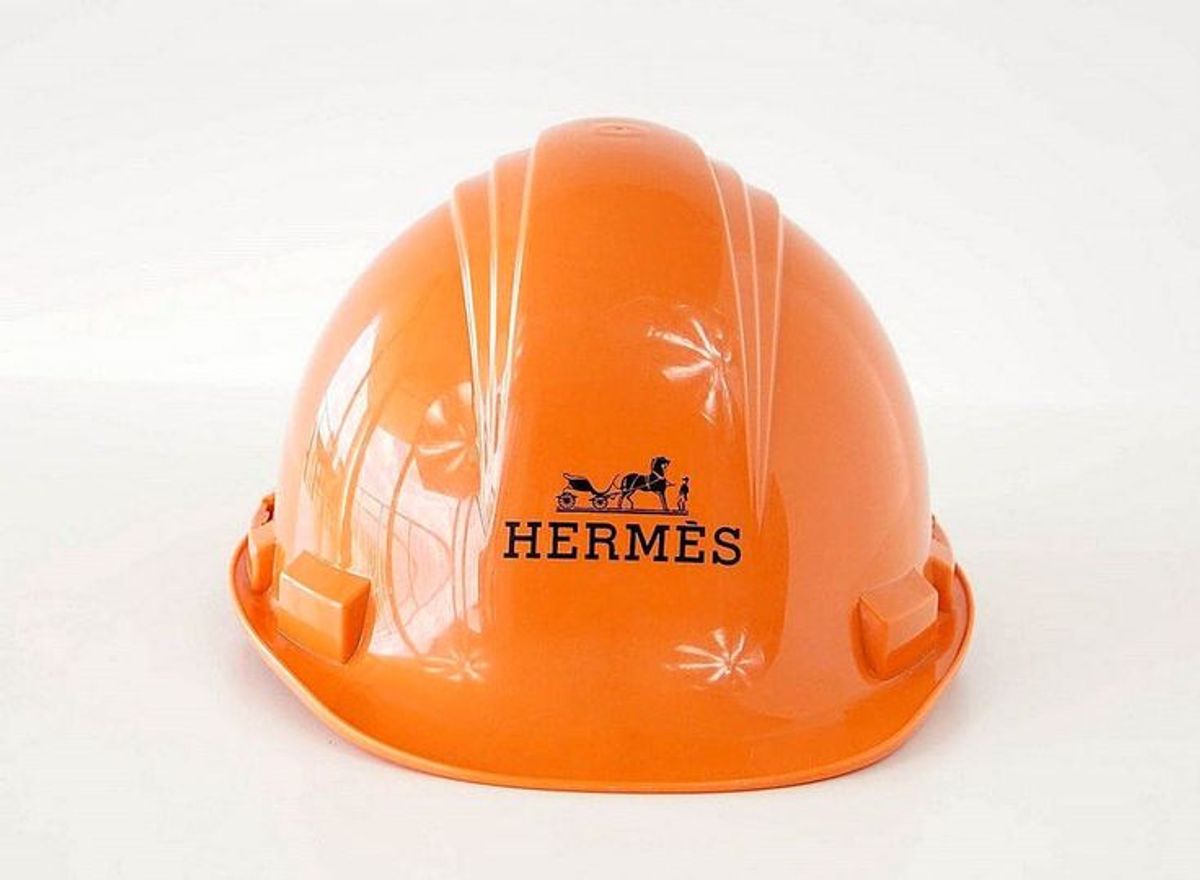Being in the middle is a pretty damning description. Middle of the road, middlebrow, middle-aged—hardly gets the juices flowing. So it is with the “middle market”, the art world’s unloved child, a grey area between the elite and affordable. And yet the middle market has made some surprise headlines of late. In December, the valuations and advisory firm Gurr Johns bought the UK’s Forum Auctions and, last month, Bonhams took over the Stockholm-headquartered Bukowskis.
The, um, billion-dollar question is: what is the middle market? Ben Clark, the head of Gurr Johns, defines it as the market “below £100,000”, while Bruno Vinciguerra, Bonhams’ chief executive, talks of the wider area “between £2,000 and £1m”. Some call it the “core” market; some the “collectibles” market. I would call it the “treat-yourself” market.
Whatever its name, Covid-19 has given this area an uncomfortable, but understandable, psychological boost—one that is being felt across many luxury purchases. Last month, on the back of record sales, Rolls-Royce’s chief executive said the wealthy had realised “life can be short” and were choosing to “live now to enjoy the nice, lovely things in the world.”
Some of this lovely stuff is selling fast through the auction houses, and well below Rolls-Royce prices. Designer handbags, sneakers and even Hermès-designed construction hats are finding their market. No joke, Hermès hard-hats are selling at Christie’s for between $4,000 to $8,000. But these are objects for people for whom money is no object, a similar breed to those who are buying at the seven-figure level.
There’s also the treat-yourself market that Gurr Johns and Bonhams are chasing, for people who are making a more significant spending decision. Picking up a special pair of candlesticks, a Japanese screen or a 15th-century manuscript is about making your home look that bit more beautiful. It is a less-loved aspiration than discovering a hot, young artist—though I would argue wrongly so.
The high-volume, low-price model is the opposite of the marquee-sale approach of Christie’s or Sotheby’s. The time and effort to sell a £20,000 item doesn’t differ enough from an item at £2m or even £20m, and certainly doesn’t carry as much PR potential.
Yet Gurr Johns and Bonhams would see this as short-sighted. Consolidation is happening because there are savings and improvements to be made, many of these online. Plenty can be done to clean up the fragmented look and feel of these marketplaces, and to develop more personalisation for buyers, who are very comfortable to click when they know they will get served well. For sellers, areas such as valuation can be streamlined more efficiently, while increased scale from a trusted brand is appealing.
“It’s about encouraging the Amazon generation of shoppers to become art collectors, which requires a reconfiguration of services and innovation”, Clark says. If Gurr Johns, and Bonhams—with its new “chief transformation officer”—can get it right, they could be sitting on a treat-yourself goldmine.



